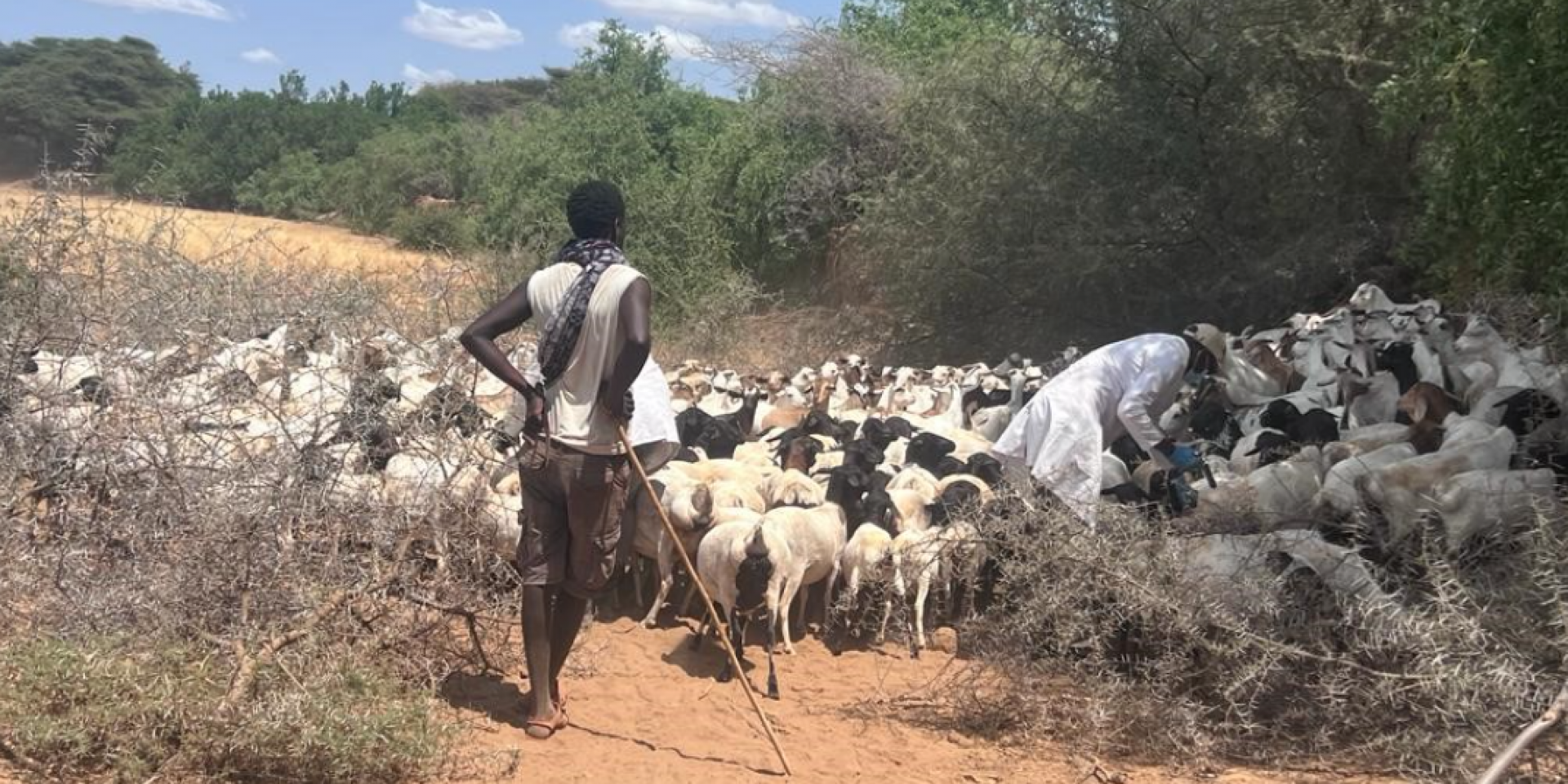Promises and pitfalls of making livestock vaccination more accessible
 Photo: ILRI/Adan Abdi
Photo: ILRI/Adan Abdi
In August and September 2023, about 136,000 cattle, camels, goats and sheep were vaccinated against Rift Valley fever (RVF) in Isiolo County, Kenya.
This was good news because RVF is a viral disease transmitted by mosquitoes that can affect livestock and humans, and Isiolo County is prone to outbreaks that have been deadly in the past.
With El Niño forecasted to bring more rain than usual to Kenya (more rain means more mosquitoes), this campaign attempted to address concerns that more RVF outbreaks could follow.
Behind the scenes of the vaccination campaign, researchers at the International Livestock Research Institute (ILRI) were asking additional questions to ensure that both men and women livestock farmers can equally get their livestock vaccinated to decrease exposure to RVF.
How can we modify livestock vaccination campaigns to be more accessible and does running a more accessible campaign increase vaccination coverage?
This article shares the results of a study designed to measure the impact of making RVF vaccination more accessible to women livestock keepers.
Despite facing challenges measuring impact, the team learned how many women are contributing in modest ways to getting their households’ animals vaccinated.